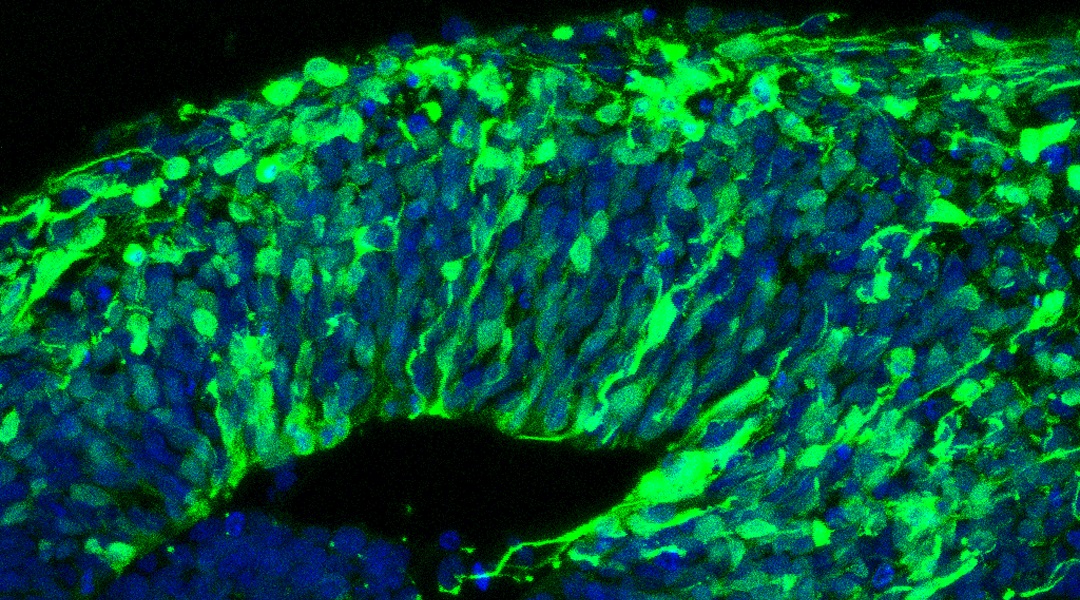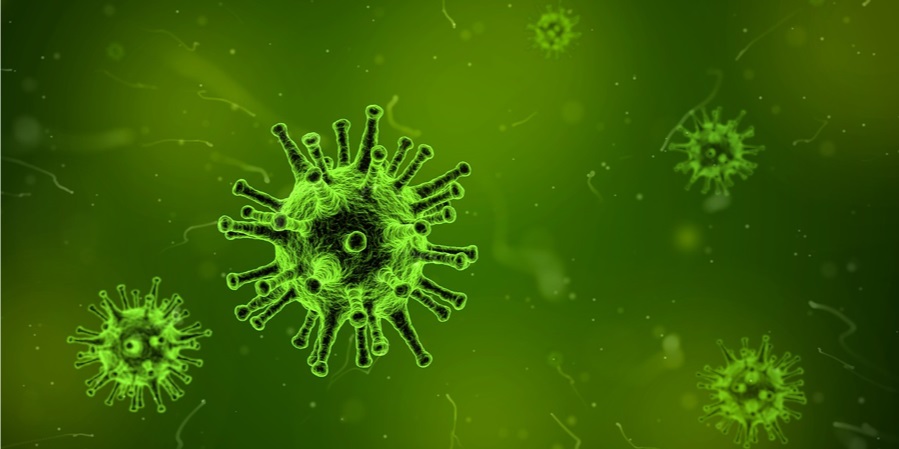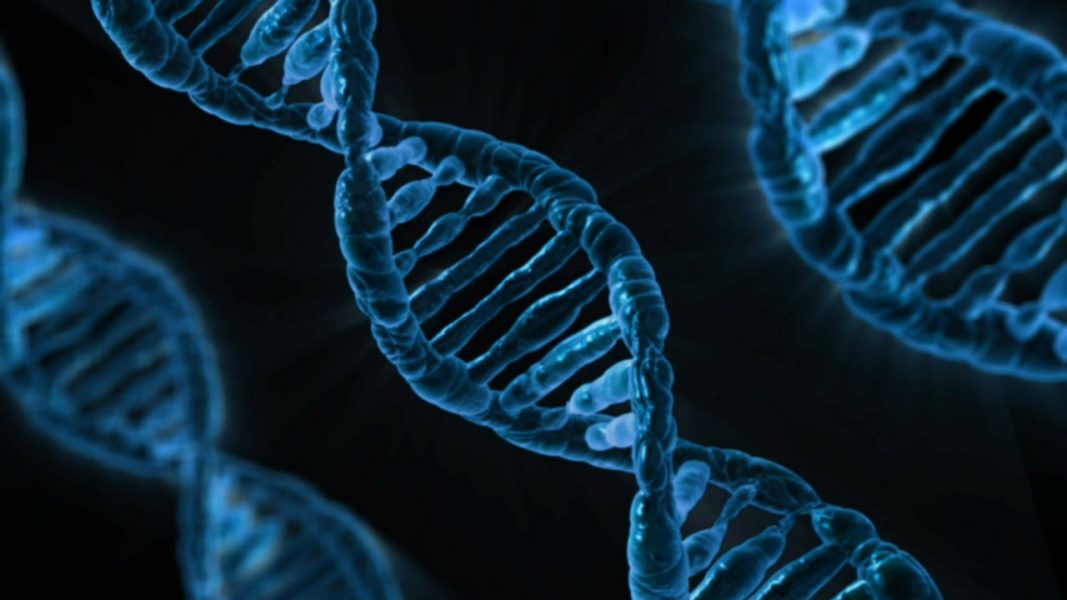Global transport of moisture its effect on Arctic Sea Ice Extent (SIE).



Global transport of moisture its effect on Arctic Sea Ice Extent (SIE).

Local extreme weather events cause more insurance losses overall than large natural disasters.

Brain organoids model normal human brain development and can be used to answer questions related to development, evolution, and disease.

Upon viral infection, a tug of war is triggered between host cells and viruses to gain control of vital cellular functions.

Poplars and willows are sustainably grown to conserve or utilize water in a variety of applications.

Hundreds of RNA‐binding proteins and their associated RNAs have been revealed, which enables the large‐scale prediction of RNA–protein interactions using machine learning methods.

This review focuses on classical and state‐of‐the‐art methods for the identification and quantification of RNA molecules in a variety of subcellular locations.

Extended droughts, or droughts that are warmer or more frequent than they have been in the past, can have large consequences on water availability, forest productivity, and forest mortality.

Regulatory noncoding RNAs (ncRNAs) are thought to play important roles in both the development and insecticide resistance of the diamondback moth.

Carbohydrates are abundant biomolecules with a strong tendency to form supramolecular networks.